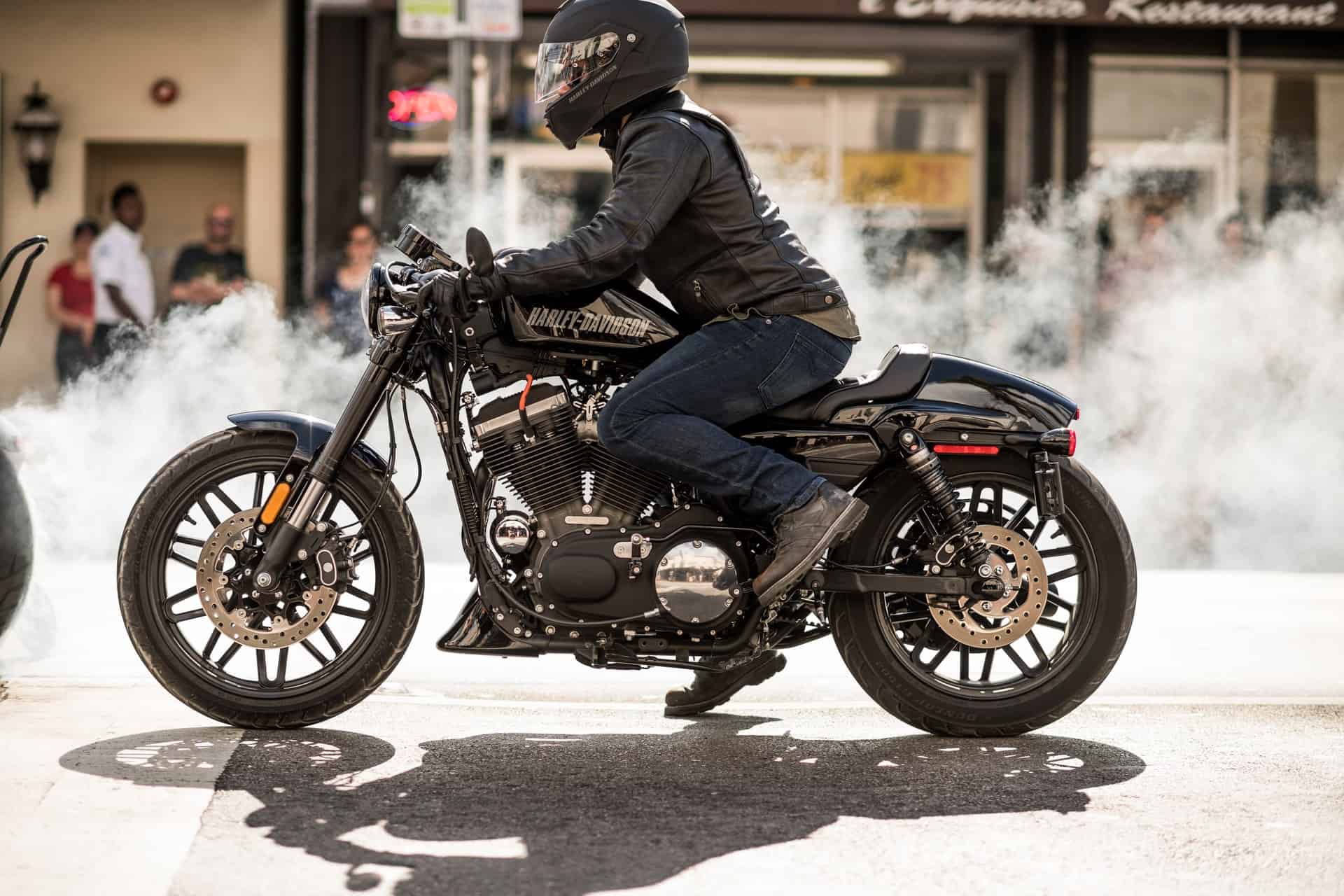
The beginning of the motorcycle season is a really great time, but it is important to be cautious. How should we break our motorcycle during this period?
The first warm days of the year may stimulate the imagination of many motorcycle owners who will crowd first into their garages and then onto the roads to welcome the new season. Every motorcycle owner certainly loves the moment of the first ride after the winter break – the moment of uncertainty, the brief learning of the machine again, and finally the satisfaction of finally being able to ride your bike.
However, many experts remind us that we shouldn’t go charging on a motorcycle during the first warm days. First of all, systems in our equipment may still not work properly after weeks of disuse, and some faults will come to light only after a few starts. Secondly, the roads may still not be fully grippable, especially if the warming was sudden and these are only the first warm days of the year. So here we come to an important issue – proper braking. How to do it in such a way as to slow down as efficiently as possible, while not overloading your bike?
Before we set off, of course we should check the condition of our brakes – both the discs and the pads. If we think that they are in order and the rest of the systems are working properly, we can start our machine on the first ride. First we should do some light braking at low speed to check if everything is ok. Of course, there may be some squeaking caused by the fact that the motorcycle has not been used all winter, but if the pads and discs are OK, the noise should disappear after a while.
If we are already absolutely sure that our braking system is one hundred percent efficient and properly adapted to more typical riding, we can move on to normal traffic. But how to brake properly when the grip may not be the best in the first days of the season?
First of all, we should use both brakes – both front and rear, which is often ignored. We shouldn’t do that, because it can often really help us a lot. Of course, the technique with which we should brake is quite typical. In the case of the front brake we first carefully press it harder and harder until we feel that the current force is sufficient. How about the rear? We do the same, but we have to let off the rear brake. When braking, the bike’s weight is transferred to the front, and if you brake with the same amount of force at both ends, you will lock the rear wheel. That’s why this technique is extremely important, especially when the road surface may not yet be grippy enough.
main photo: unsplash.com/Harley-Davidson